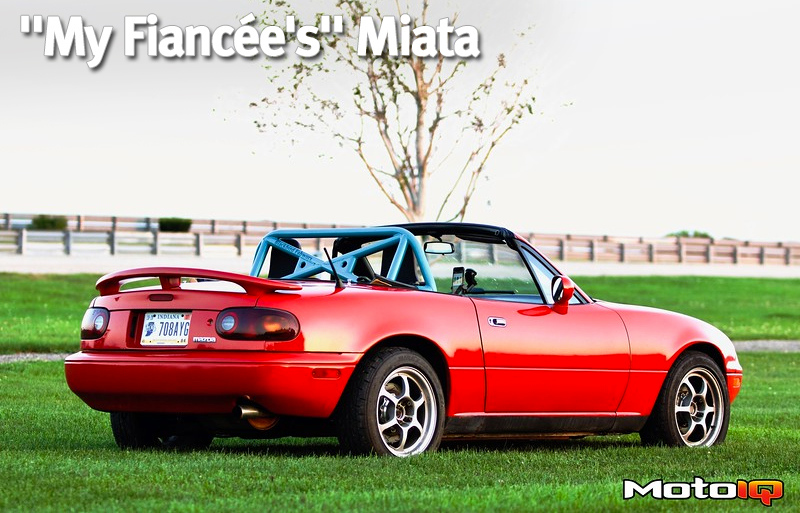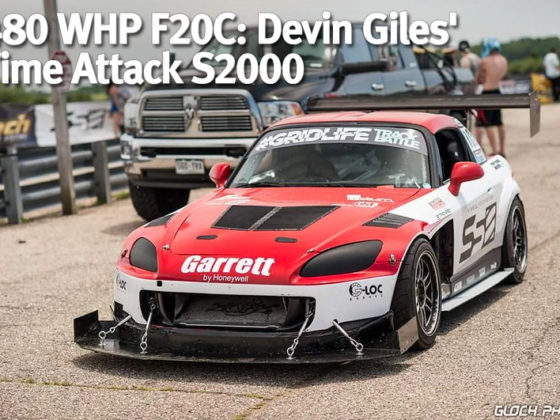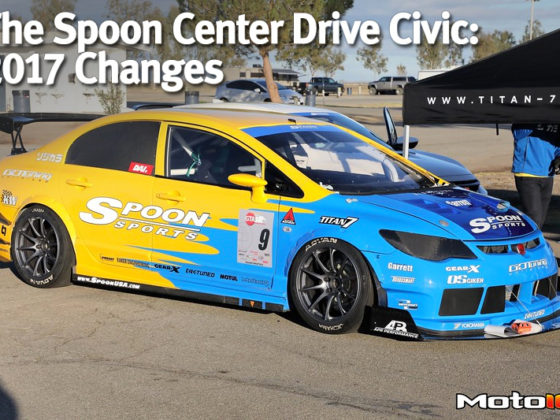,
 V8 Roadsters includes all the necessary hardware to make the install a breeze. Everything fit together well, with no issues whatsoever.
V8 Roadsters includes all the necessary hardware to make the install a breeze. Everything fit together well, with no issues whatsoever.The Cowl Stabilizer Braces work their magic by triangulating the area above the shock/spring package on the Miata to the lower frame via the door mounting bolts, one of the strongest areas of the Miata. This is an extremely common practice in the automotive world. Performance cars from the Toyobaru FRS/BRZ to the Mitsubishi Evolution run these braces from the factory. Lord knows OEMs try to save money wherever possible, so for them to add the material, it has to be pretty important.



 Here are perfect examples comparing OEM braces vs. some of the lesser quality aftermarket options. Notice the OEM fender braces are straight lines, connecting low on the A pillar and near the strut/shock tower mounts. They don't worry about creating a bar from the top of the door mount as the unibody is already strong in that area. The aftermarket options shown here use really thin metal, extremely inefficient load paths and strange mounting locations. These are likely to flex easily and not offer much assistance in the way of chassis support.
Here are perfect examples comparing OEM braces vs. some of the lesser quality aftermarket options. Notice the OEM fender braces are straight lines, connecting low on the A pillar and near the strut/shock tower mounts. They don't worry about creating a bar from the top of the door mount as the unibody is already strong in that area. The aftermarket options shown here use really thin metal, extremely inefficient load paths and strange mounting locations. These are likely to flex easily and not offer much assistance in the way of chassis support.The cool thing about V8 Roadsters’ Cowl brace is their design makes sense from an engineering standpoint. V8 Roadsters does their best to limit the amount of fabrication required for the customer, and of course there are compromises when adding bracing to a factory car, but V8 Roadsters does a hell of a job working around them. Steel is strongest in tension and connecting from the lower door bolt to the upper frame rail portion in a straight line works with the strengths of the material's properties more so than many other companies’ designs. I’ve seen so many braces that connect the upper frame rail to the upper door bolt, in a straight line, which offers almost no added benefit, or designs that connect the upper and lower door bolts, then use a bent tube to connect from the lower door bolt to the upper frame. If there's a bend, it's much easier to flex the material. This adds up to more weight with little additional chassis rigidity. It’s very refreshing to see a well thought out design and that’s why I went with their product.



 Make sure to get your friend Ian to do all the hard work while you take photos and sip a tasty beverage. The first bolts involved in removing the Miata fenders are very easy to access. Just along the top, in the engine bay, as well as one up top, seen when opening the door. When you're done with those, removing the factory fender liners is a fairly simple task of pulling a few plastic pins. There are a couple bolts/screws at the bottom of the fender, near the door sill, that are not picture. All are easy to access though.
Make sure to get your friend Ian to do all the hard work while you take photos and sip a tasty beverage. The first bolts involved in removing the Miata fenders are very easy to access. Just along the top, in the engine bay, as well as one up top, seen when opening the door. When you're done with those, removing the factory fender liners is a fairly simple task of pulling a few plastic pins. There are a couple bolts/screws at the bottom of the fender, near the door sill, that are not picture. All are easy to access though.


 Once the main bolts are removed, there are a few hidden within the fender that need to be taken out. This is where, due to rust, we broke our first bolts and ended our lucky streak of not having any issues with frozen hardware. The hardest bolt to remove in this whole job is the one pictured in the bottom left, hidden way up at the front of the fender. You'll need to loosen a few bolts holding the front bumper in place and gingerly pull it back to create a gap, as seen in the photo at the bottom right, to fit a ratcheting wrench in there.
Once the main bolts are removed, there are a few hidden within the fender that need to be taken out. This is where, due to rust, we broke our first bolts and ended our lucky streak of not having any issues with frozen hardware. The hardest bolt to remove in this whole job is the one pictured in the bottom left, hidden way up at the front of the fender. You'll need to loosen a few bolts holding the front bumper in place and gingerly pull it back to create a gap, as seen in the photo at the bottom right, to fit a ratcheting wrench in there.Installing the fender braces isn’t overly difficult and a fun way to learn little surprises about your Miata. First things first, enlist the help of your friend Ian and remind him that in the last chapter of our Miata story, he got to spend hours on track beating up the Miata and it was now time to return the favor. The first bolts to attack are the obvious ones visible right up top under the hood. Next, we worked our way down to removing the inner fender liner, which was surprisingly well intact for our classic car. Removing the plastic pins is always “fun”, but yields access to the first bolts we have broken on the Miata due to rust. I knew the day would come. There’s one additional bolt that the front bumper hides, so you need to politely shove the bumper out of the way to reach it, but in no time flat, the fender can be removed and you’re ready to put on new parts.



